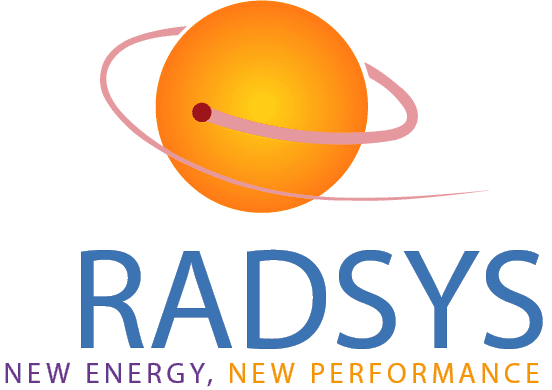Electron Beam (ebeam) can be used effectively for a wide range of purposes.
- Electron Beam Curing (EBC)
- Electron Beam Crosslinking (EBXL)
- Pressures Sensitives Adhesives
- Sterilization of packaging material
The pollution of the air with volatile organic compounds is growing to an alarming extent. In order to protect our environment in the future, it is essential to reduce ecological damages. Tightening environmental regulation force the users of lacquers, coatings, printing inks and adhesives containing solvents, to look for environmentally harmless processes.
The advantages of Electron Beam Curing are:
- Extremely low energy consumption
- Environmentally friendly due to a 100 % solid system, curing through polymerization
- No emissions.
- No substrate heating.
- High throughput compared with conventional or UV processes.
- Immediate further treatment of converted products without post curing.
- Low space requirement. Integration into existing production processes without any problems.
- Exact repeatability of production conditions - constant product quality
- No wastage when starting up and shutting down the plant.
- Immediately stacking or subsequent treatment of the materials
The surface cured with ebeam is in general:
- Free of harmful substances
- Non-ageing / Weather-resistant
- Scratch-proof
- Colour-fast
- Resistant to organic solvents
- Resistant to a wide range of chemicals.
- High scuff resistance
Radiation crosslinking have been commercial since 1960s. These applications were mostly for the wire and cable industry, rubber tires and some high-barrier shrink film applications for meat packaging introduced by Cryovac. Since the development of low-voltage electron beam accelerators in the range of less than 300 kV, ebeam crosslinking (EBXL) has found new applications and markets, particularly in the packaging industry.
The advantages of Electron Beam Crosslinking are:
- No solvent emissions.
- Processing without sensitisers; and now also largely without monomers
- Minimal temperature increase through radiation process
- High reproduction of the radiation process
- Precisely maintain crosslinking process conditions through very high dose precision over working width, depth of materials and production time.
- Substantial increase in production speed in comparison to heat treatment methods.
- The chemical reaction is completed immediately after the radiation process.
- Modest energy consumption.
- Modest space requirements.
Ionising radiation with polymers may lead to a chain cracking and degradation of structure. On the other hand, however, ionising radiation generates crosslinking or vulcanisation, which then considerably improves the quality of the product.
When irradiating PSA the extension of the molecular weight and connected with this the material modification means:
- High cohesive and shearing strength within the adhesive layer as a factor of the dose
- Reduction of thermoplasticity and connected with this higher cohesive strength at increased temperatures.
- Improved chemical resistance.
- The crosslinked/vulcanised adhesives are resistant to chemical plasticizers
- Crosslinked adhesives may be formulated as permanent or as multi-removable adhesive-layers.
- Thick layers also may be irradiated at high speed.
- Irradiation with electrons hardly has any influence on tack and peel strength
In the packaging industry there is increasing interest in producing germ-reduced or aseptic packaging material. Accelerated electrons in voltage ranges of 80 - 300 keV with penetration depth in material of density 1 of 0 - 450 µm are particularly suitable for surface sterilization and germ reduction in the depth of the packaging material.
As with the surface sterilization of packaging containers are the main concern low acceleration voltages are sufficient to reach the effect wanted. When treating deep containers it must be considered that the dose within the container declines fast, as no scattered radiation can get into the inside of the container from the side.
An internationally established value for aseptic is 25 kGy. This dose is certified to sterilize for a 7 log decrease in ISO standard 11137 and EU standard 552. When making trails it showed that by using low-energy electron beams the spore suspensions of the following micro-organisms were completely killed off:
- Bacillus subtilis
- Bacillus stearothermophilus
- Bacillus coagulans
- Bacillus globigii
- Clostridium sporogenes
- Penicillium chrysogeneum
- Aspergillus niger

